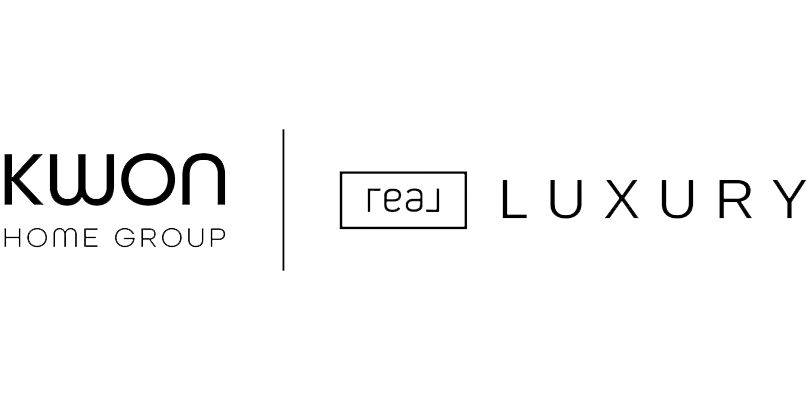How to Choose the Perfect Neighborhood to Buy a Home In.
Buying a home is one of the biggest decisions you’ll make in life, and selecting the right neighborhood is just as important as choosing the house itself. Your neighborhood affects your lifestyle, comfort, and property value. To make the best choice, consider the following key factors that will help you pick the perfect neighborhood for your future home.
1. Evaluate Your Lifestyle and Needs
Start by identifying what matters most to you. Do you prefer a bustling urban environment or a quiet suburban retreat? Are you looking for a family-friendly neighborhood, or is access to nightlife more important? Your lifestyle preferences will guide your search for the ideal location.
Proximity to Work and Schools
Living close to work or having easy access to public transportation can significantly reduce your daily commute, saving time and stress. For families, being near highly-rated schools is essential. Use school rating websites or consult local real estate agents to assess the quality of education in the area. Additionally, consider future schooling needs if you're planning to stay long-term.
Healthcare and Medical Facilities
Access to quality healthcare is another important consideration. Ensure the neighborhood has nearby hospitals, clinics, or pharmacies for quick and convenient medical care. This is especially crucial if you have specific health conditions or elderly family members.
2. Research the Local Amenities
Local amenities can significantly enhance your quality of life. Look for neighborhoods that offer a variety of amenities such as shopping centers, gyms, parks, and dining options. Also, consider proximity to cultural attractions like museums, theaters, or entertainment venues.
Recreational Opportunities
Access to parks, walking trails, and other recreational spaces can boost your well-being. If you enjoy an active lifestyle, look for neighborhoods near gyms, sports complexes, or outdoor recreational areas. Similarly, if you're a pet owner, check for dog parks or pet-friendly spaces.
Grocery Stores and Shopping
Convenient access to grocery stores, supermarkets, and other shopping centers is a practical factor to consider. Determine whether the neighborhood offers a variety of shopping options, from everyday needs to specialty stores, that match your lifestyle and preferences.
3. Safety and Crime Rates
Safety should always be a top priority when selecting a neighborhood. Research the area’s crime rates by checking online tools or speaking with local law enforcement. Look for low crime rates and well-lit streets that offer a sense of security. A safe neighborhood not only gives peace of mind but also enhances property values over time.
Neighborhood Watch Programs
In addition to crime statistics, check if the neighborhood has any active neighborhood watch programs or community security initiatives. These programs can enhance safety and encourage stronger community bonds, giving you an extra layer of security.
4. Consider Future Growth Potential
A neighborhood that is expanding or being revitalized may offer great opportunities for property appreciation. Look for signs of future growth, such as new businesses, improved infrastructure, or residential developments. Understanding a neighborhood's long-term potential can help you make a smart investment.
Local Zoning and Development Plans
Local government plans for zoning and new construction can influence the growth and desirability of a neighborhood. Research whether there are upcoming commercial or residential developments that could enhance property values or improve the quality of life in the area.
5. Affordability and Housing Market Trends
Ensure the neighborhood aligns with your budget, but don’t focus solely on the price. Investigate the neighborhood’s housing market trends, including price appreciation, recent sales, and market demand. A strong, stable housing market indicates a solid investment.
Property Taxes and Additional Costs
When calculating your budget, remember to factor in property taxes, homeowner association (HOA) fees, and other potential costs such as utilities or maintenance fees. These can vary greatly from one neighborhood to another, affecting the overall affordability of your new home.
6. Visit the Neighborhood at Different Times
It’s crucial to visit the neighborhood at various times of the day and week to get a true feel for the area. A neighborhood may seem quiet during the day but can become noisy or congested at night. Pay attention to traffic patterns, noise levels, and overall atmosphere during different times.
Observe Local Traffic and Parking
If you drive frequently, observe how easy it is to park and navigate in the neighborhood. High traffic congestion or a lack of parking could become a daily frustration. If you rely on public transport, make sure bus stops or train stations are conveniently located nearby.
7. Community Vibe and Social Aspects
The social aspect of a neighborhood can have a big impact on your happiness. Look for signs of a close-knit community, such as neighborhood events, active social clubs, or welcoming neighbors. Some people prefer a quiet, more private neighborhood, while others thrive in areas with a strong sense of community.
Local Culture and Demographics
Consider the neighborhood’s culture and demographics. Some areas are known for their diverse populations, while others might have a more homogenous makeup. It’s important to choose a place where you feel comfortable and connected to the local culture.
8. Public Transportation and Accessibility
If you don’t own a car or prefer using public transportation, ensure that the neighborhood offers reliable and convenient transit options. Easy access to public transportation, highways, or bike lanes can make commuting or getting around much easier.
Walkability and Bikeability
If you prefer walking or biking, look for neighborhoods with high walkability or bikeability scores. These areas usually have well-maintained sidewalks, bike paths, and pedestrian-friendly infrastructure, making it easy to run errands or enjoy outdoor activities without needing a car.
Conclusion: Let Kwon Home Group Help You Find the Right Neighborhood
Choosing the perfect neighborhood is a critical step in finding your dream home. By carefully evaluating your lifestyle, priorities, and plans, you can make an informed decision that will enhance your quality of life. If you’re still unsure or need expert guidance, Kwon Home Group is here to assist. Our team of experienced real estate professionals will work with you to find the ideal neighborhood and home that suits your needs. Contact Kwon Home Group today to start your home-buying journey with confidence!
Selling Your Home?
Get your home's value - our custom reports include accurate and up to date information.




